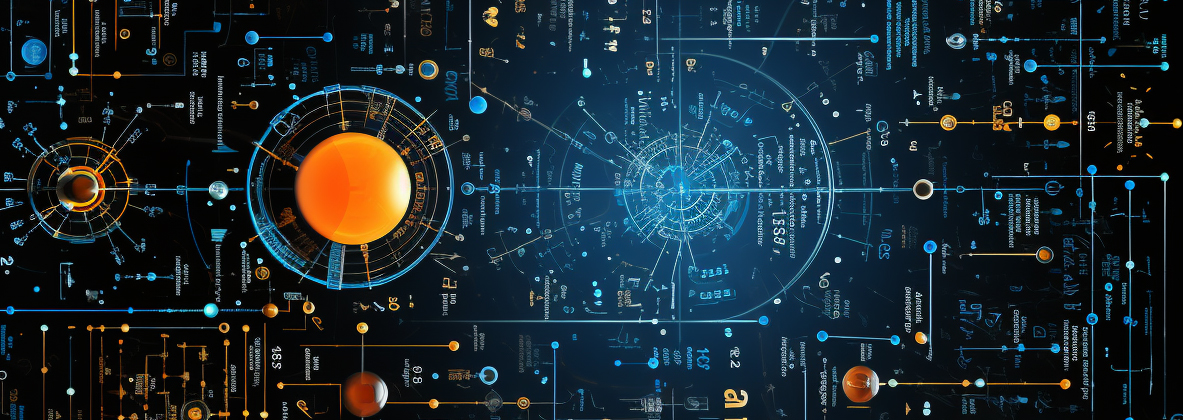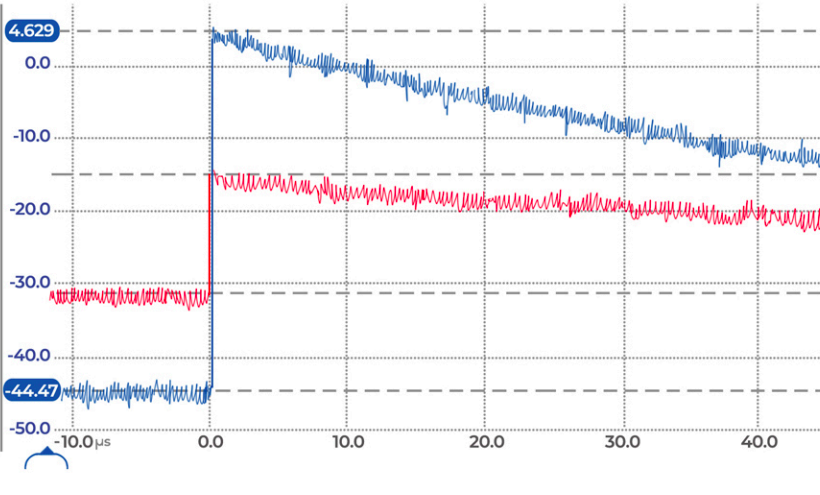Alpha–E
Fusion AI Data Center
Work with fusion on the tabletop

A Mission for Education
Experiment with fusion, right on the lab table-top. Play with the future of energy in a wide variety of experiments.
Peer-Reviewed PaperAlpha-E brings practical experience with fusion to an education or training program. We believe that by providing a toolset for students to get hands-on experience with fundamental fusion experiments, they will get a deeper understanding, and the future fusion workforce will be strengthened.
The limited number of accelerator systems that currently offer students the possibility of performing fusion experiments are located in relatively large facilities, are in high demand by multiple research groups for cutting edge research, yet this type of fundamental experience is at the core of teaching laboratories in all fields of science.
Safe for the classroom, Safe for commercial use
Low Radiation
Alpha-E is carefully shielded, and protects the operator from radiation.
Emission Free
The resources required for producing pB fusion are abundant in nature and simple to obtain.
Customizable
The device can be reconfigured to fit various working environments and labs.

Watch DD & pB Reactions, Live!
The Ion Beam device can be used to study all relevant fusion reaction experiments, such as Deuterium-Deuterium (DD) and and proton-Boron (pB).
This amazing device will be instrumental in preparing the next wave of scientists and engineers to join the workforce in the growing field of nuclear fusion.
Before you get your hands on an Alpha-E, check out a clip of a DD experiment we performed in one.

Safe and radiation free
Safety and convenience are paramount in Alpha-E’s design. X-ray emissions from Bremsstrahlung are effectively shielded at energy levels in the tens of keV, ensuring that radiation exposure remains well within normal background levels.
We understand that in proton-boron (pB) fusion events, less than 1% of neutrons are emitted, whereas in deuterium-deuterium (DD) fusion events, then number rises to 50%, and neutrons not blocked by lead shielding the way x-rays are.
We have mitigated neutron exposure by operating at low duty cycles and reduced beam energy, to the point that Alpha-E is both completely safe to use, user-friendly, and ideal for deployment in most university laboratories.
Compact and Easy to handle
Ease of use, of course, a foremost consideration in the design and operation of the fusion accelerator. Procedures and protective features of the Alpha Ring system are designed with an intent to err on the side of being overly cautious.
The students will need to do little more than observe good practices that are a part of any teaching laboratory environment.
This compact toolbox-sized demonstration device is both portable and user-friendly, perfect for deployment in most university laboratories with limited available space.

Advanced Technology
Check under the hood for what makes Alpha-E run.
Fusion Model Training
Alpha-E runs on a fusion training model, constantly improving upon itself, maximizing data collection and accuracy.
Hardware Detectors
Specialized devices designed to detect alpha particles were developed to perform a variety of measurements with accuracy and precision.
Educational Suite
We offer a catalog of modules and resources designed to help instructors build a curriculum that incorporates Alpha-E, for teaching nuclear fusion and related topics.
How it works
Explore

If the system is running pB fusion, the safety precautions required are even easier to implement, since nearly 100% of the products are energetic alpha particles.
Alpha particles have almost no penetration power, and are thus retained inside the chamber. Advanced shielding protects the operator of the device from ratdiation during pB fusion reactions.
Applications

Accelerating Ions for Fusion
Our Ion Beam System accelerates deuterons from a deuterium plasma to tens of keV. These highly energetic ions then bombard a thin aluminum foil target and become lodged into the metal lattice. Subsequent deuterons strike the deuterium in the target to initiate DD fusion. By changing the target to one that contains boron and starting with a hydrogen plasma, pB fusion can also be studied and the fusion product alpha particles can be observed.

Highly Efficient Ion Source
At the heart of our system lies an ion source that utilizes microwave technology in the Electron Cyclotron Resonance (ECR) condition. This unique setup ensures efficient plasma production and high current density, enabling low accelerating potentials while maintaining a reasonable fusion reaction yield. Furthermore, our system allows controlling the plasma in various ways and thus studying the impact of different parameters on the fusion reaction.

Enhanced Detection Capabilities
Our system uses advanced detectors, including PN detectors and fast neutron scintillators, to accurately analyze fusion reactions and measure all branches of the fusion reaction. The fast neutron scintillator uses pulse shape discrimination to separate neutron signals from gamma signals as well as obtain timing information.
Unveiling Fusion Reactions
The DD fusion reaction produces two distinct branches, each with its own unique particles and energy outputs. One branch results in the creation of Helium-3 (0.82MeV) and a neutron (2.45MeV), while the other generates a proton (3.02MeV) and a triton (1.01MeV). Students can directly measure all fusion products
Versatility with targets
Our Ion Beam System offers versatility by allowing easily switching between DD and pB reactions. By utilizing a target containing boron, we can observe the alpha particles generated by the p+B11 fusion reaction. This feature expands the range of fusion reactions that can be studied with our device, providing even more opportunities for hands-on exploration.

Coincidence Detection
Positioning particle detectors at opposite ends of the target chamber allows for performing coincidence detection for DD reactions as a more advanced measurement.